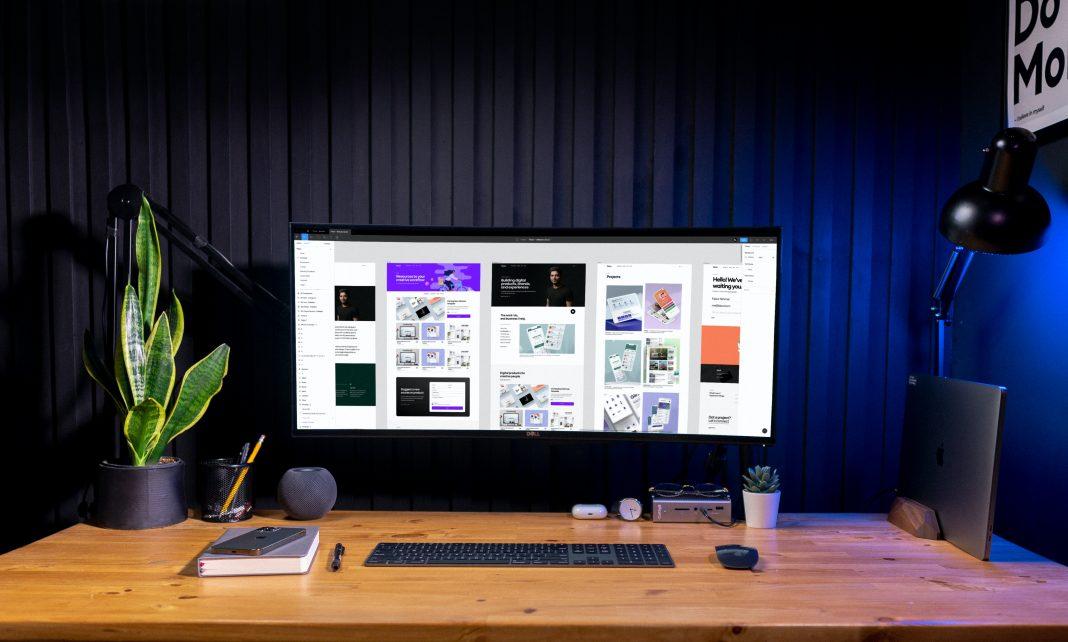Exactly what does a UX Designer do in the healthcare industry. The role of the user experience designer in the healthcare sector is one of the most impactful and potentially high-stakes roles in user experience design. With the increasing digitization of healthcare data, telemedicine, fitness and health trackers, and the expectation of greater and easier access to healthcare services and personal medical records, UX professionals are at the forefront of understanding user needs and finding ways to help organisations meet them.
A wide range of digital products are available to help us live a better life. In the end, app and gadget success depends on their user-friendliness.Designers have a unique role to play in shaping products and services in ways that make a meaningful difference to the lives of people. She explained, “We represent both patients and staff.”Design is about visualising and communicating. Imagining the future is an opportunity we have.”
What Is the Role of UX Design in Healthcare?
A UX design pitangoux.com in the healthcare industry isn’t that different from those in other industries – the ultimate goal is to create a positive user experience that will continue to engage users, retain them, and, depending on the product or service, increase conversions. Nevertheless, UX design can be applied in a variety of ways, and when it comes to healthcare, UX designers are particularly important to hospitals, medical agencies, nonprofits, businesses, and other healthcare institutions that need to serve their patients and customers effectively and efficiently.
User experience design can be applied to a wide variety of scenarios. In case of record digitization software, for example, a UX designer might focus on how doctors, nurses, or administrative staff access patient records and what kind of interface would be most user-friendly for them.
UX design is also used in the healthcare industry in the following ways:
Medical telemedicine
There is a growing pressure to develop telehealth apps that are inclusive, easy to use, and mimic the face-to-face visit as closely as possible, particularly in historically underserved and remote regions. Taking into account different user characteristics such as age, technical skills, and mental states allows UX designers, researchers, and analysts to make the greatest impact. In order to recreate the in-person experience between doctors and patients in a virtual environment, creative ways must be brought to the table.
Providing accessibility
Accessibility is a vital component of healthcare technology user experience. Those who use telemedicine, fitness apps, and appointment registration services may be disabled, have low tech literacy, or have poor internet connections; it is often up to the UX designer to advocate for these different kinds of users, ensuring that the products and platforms are designed to be intuitive, user-friendly, and take accessibility into consideration.
A wearable device
Fitbits and other wearable devices continue to gain popularity, with estimates that 1.1 billion will be available by 2022. The manufacturers of these devices must find ways to prioritise user data without overwhelming the user with information, including steps walked and vital statistics. Using visual communication design, UX designers can help users quickly and easily access and understand the data they’re shown, based on a thorough understanding of their needs and behaviours.
Simulating virtual reality
The Harvard Business Review has described VR as an effective training tool for surgeons, with VR providing a highly granular picture of what surgeons are doing right and where they need to improve.Compared with traditional training methods, VR training on a VR platform improved participants’ surgical performance by 230%.UX designers must design a user interface that meets surgeons’ needs while ensuring accuracy and realism.
Medical records kept electronically
Information retrieval is not made easier or more efficient just by digitising medical records. A UX designer who understands how medical staff interact with a system can help ensure that any electronic health record software developed will actually be helpful to the end user by taking into account elements such as user priority, sequence of actions performed when using a database, and what fields are mandatory versus what can be left blank when using a database.
